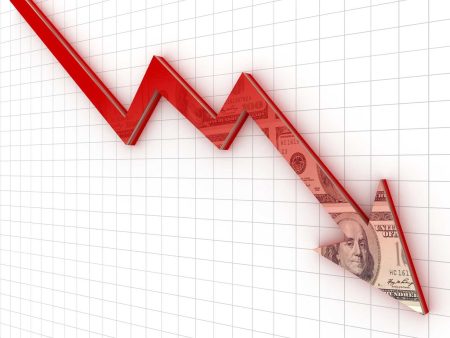The Fed’s Easing Cycles Are Much Faster Than Its Hiking Cycles
Historical analysis does not guarantee future results. *Municipal returns are for the Bloomberg Municipal Bond Index. T-bill returns are for the ICE BofA US 3M Treasury Bill TR USD. Assumes a tax rate of 40.8%. Data represent average returns for the 12 months following Fed rate-hike pauses on the following dates: September 1, 1984, October 1, 1987, March 1, 1989, March 1, 1995, June 1, 2000, July 1, 2006, and January 1, 2019. Through December 31, 2023 (Source: Bloomberg, Federal Reserve, J.P. Morgan and AllianceBernstein (AB))
Still doing “T-bill and chill”? As a strategy, rolling Treasury bills may have worked well so far this year, but history suggests it’s time for municipal bond investors to get off the sidelines and back into the market—and soon.
The Federal Reserve spent 21 months tightening monetary policy. Now, like a coiled spring, that policy is poised to reverse, delivering a big potential price boost to bonds. Since 1970, the Fed has tightened slowly (taking the stairs up) but eased fast (taking the elevator down). Historically, a tightening cycle lasted 10.1 months on average; the subsequent pause to look around and evaluate lasted an average of four months; and the trip back down lasted, on average, just 7.6 months (Display, above).
With the Fed already in pause mode today, this historical cadence suggests it’s the right time for muni investors to get some exposure to duration, or sensitivity to interest rates. By the time the Fed begins to cut, it may be too late to take advantage because of the speed of the easing cycle.
That advantage can be significant. Over the last seven Fed rate cycles, when the central bank paused, municipal bonds dramatically outperformed T-bills after taxes over the next 12 months. And with municipal yields at their highest levels in 15 years, credit spreads wide and relative valuations cheap, we believe today’s muni market presents an exceptional opportunity.
The views expressed herein do not constitute research, investment advice or trade recommendations and do not necessarily represent the views of all AB portfolio-management teams. Views are subject to change over time.
Original Post
Editor’s Note: The summary bullets for this article were chosen by Seeking Alpha editors.
Read the full article here











